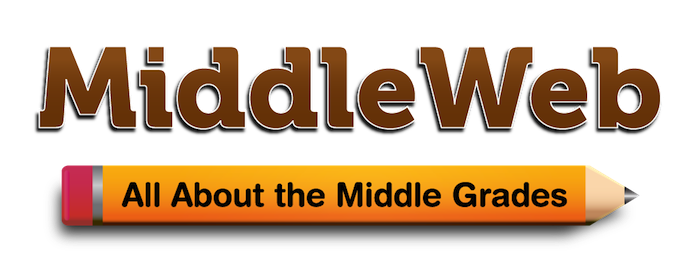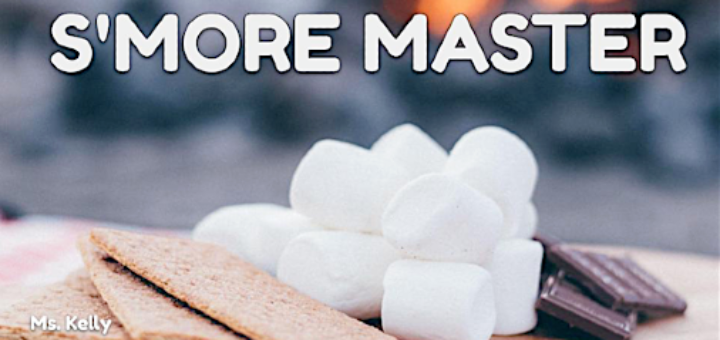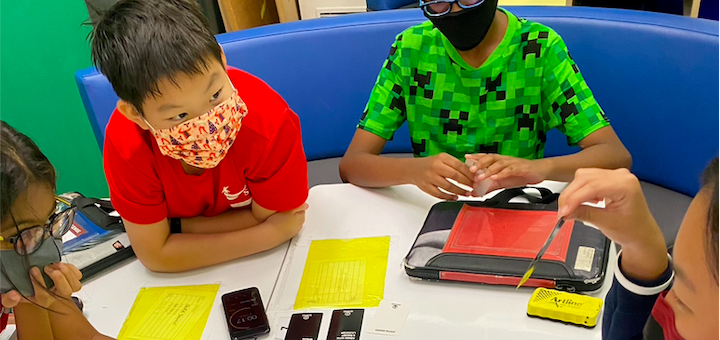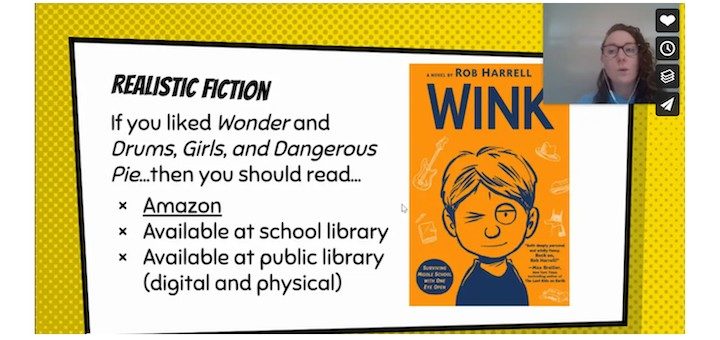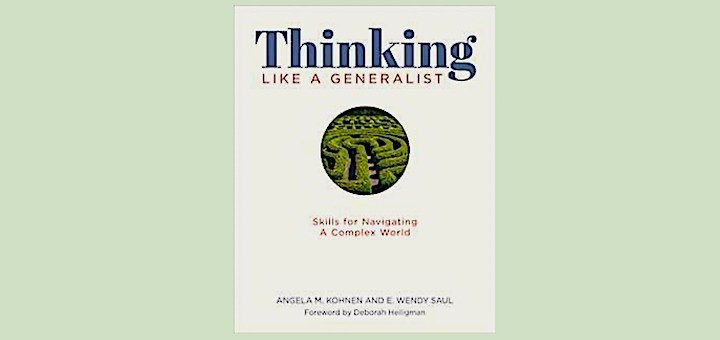Digital Storytelling: An Exciting Teaching Tool!
Digital storytelling lets student writers share their own characters who come to life, engage in dialogue, and move around the setting. Best of all, it helps middle grades teachers reach all types of learners. Sam Weigle and Katie Caprino offer examples and suggested tools.
